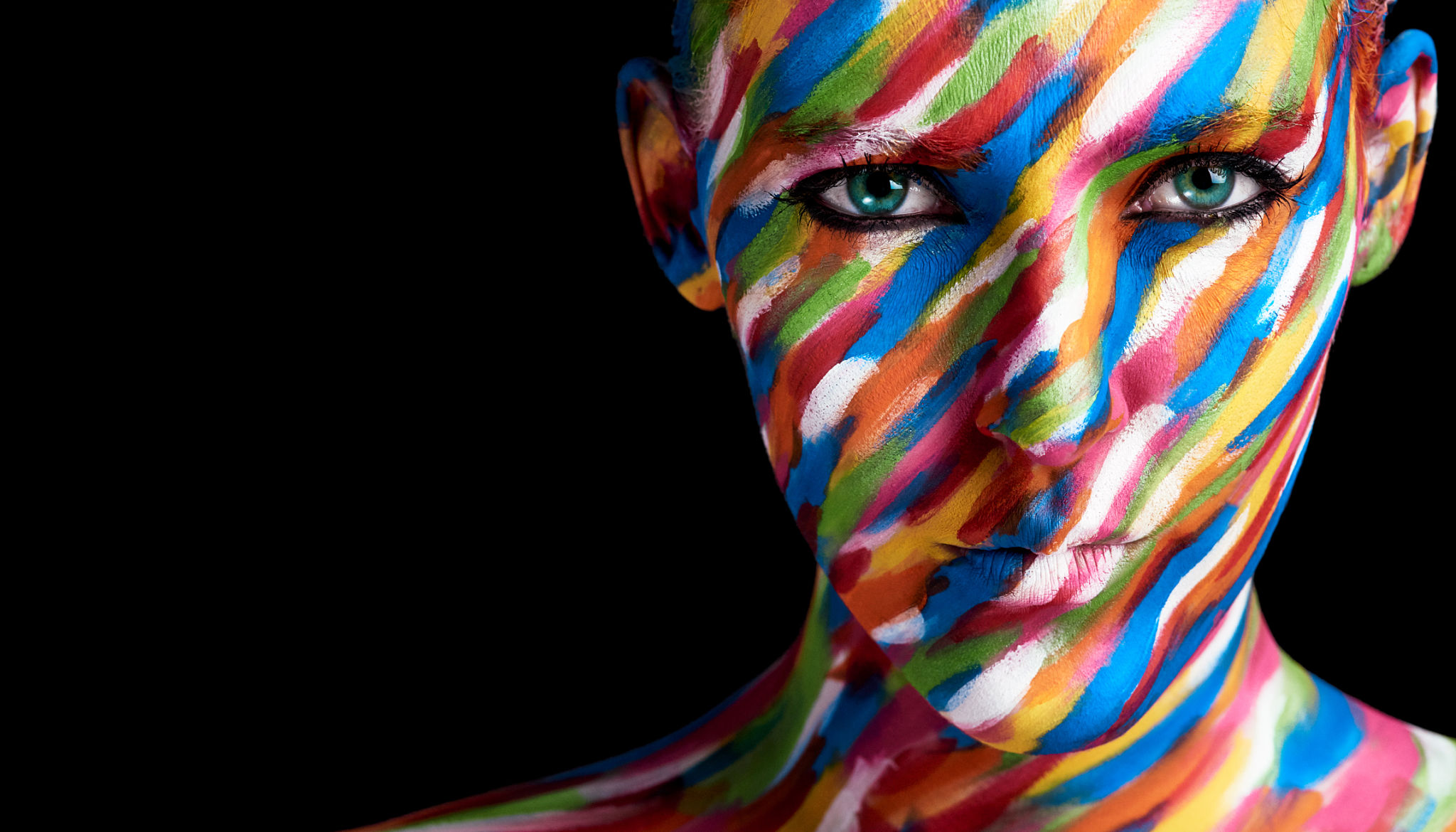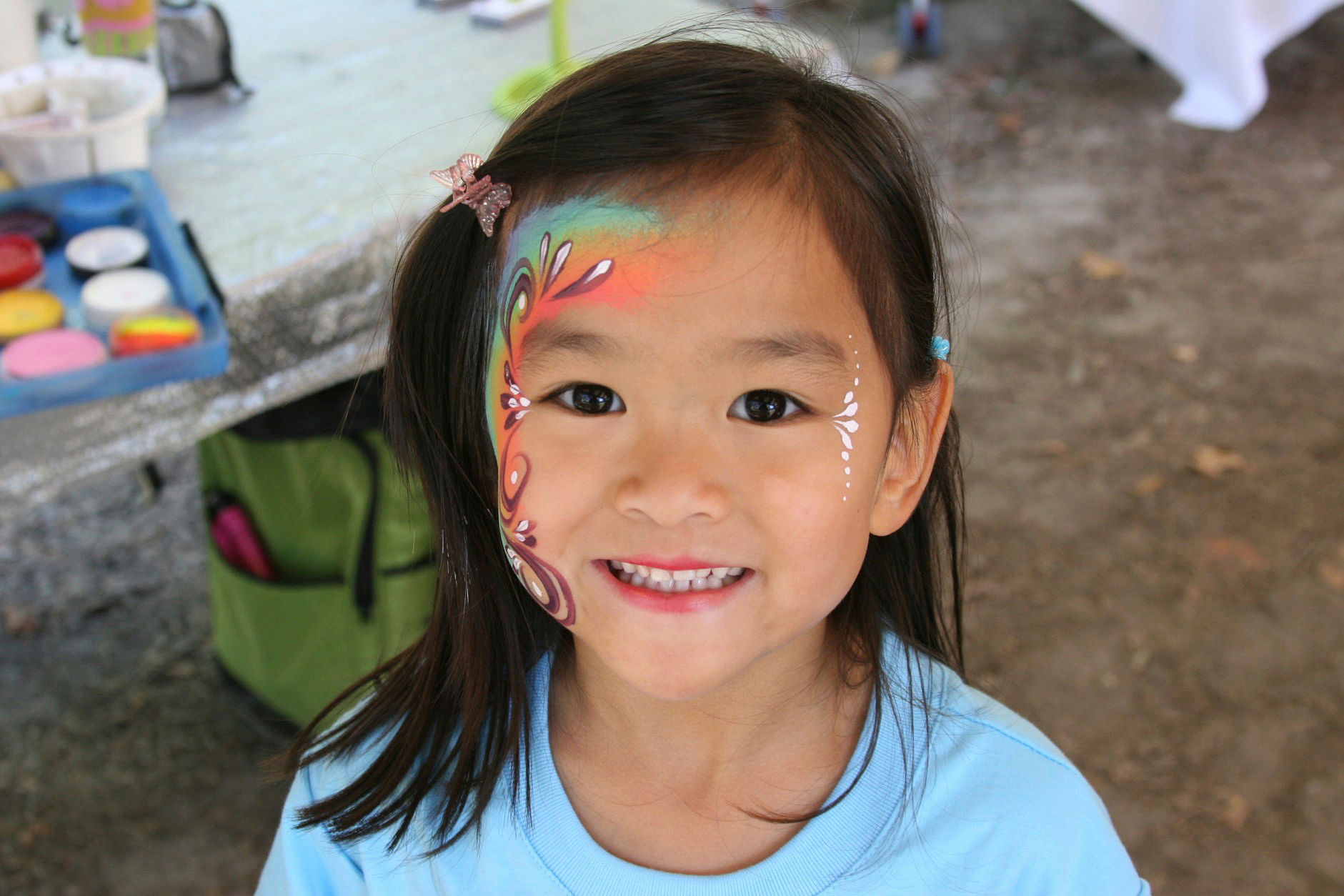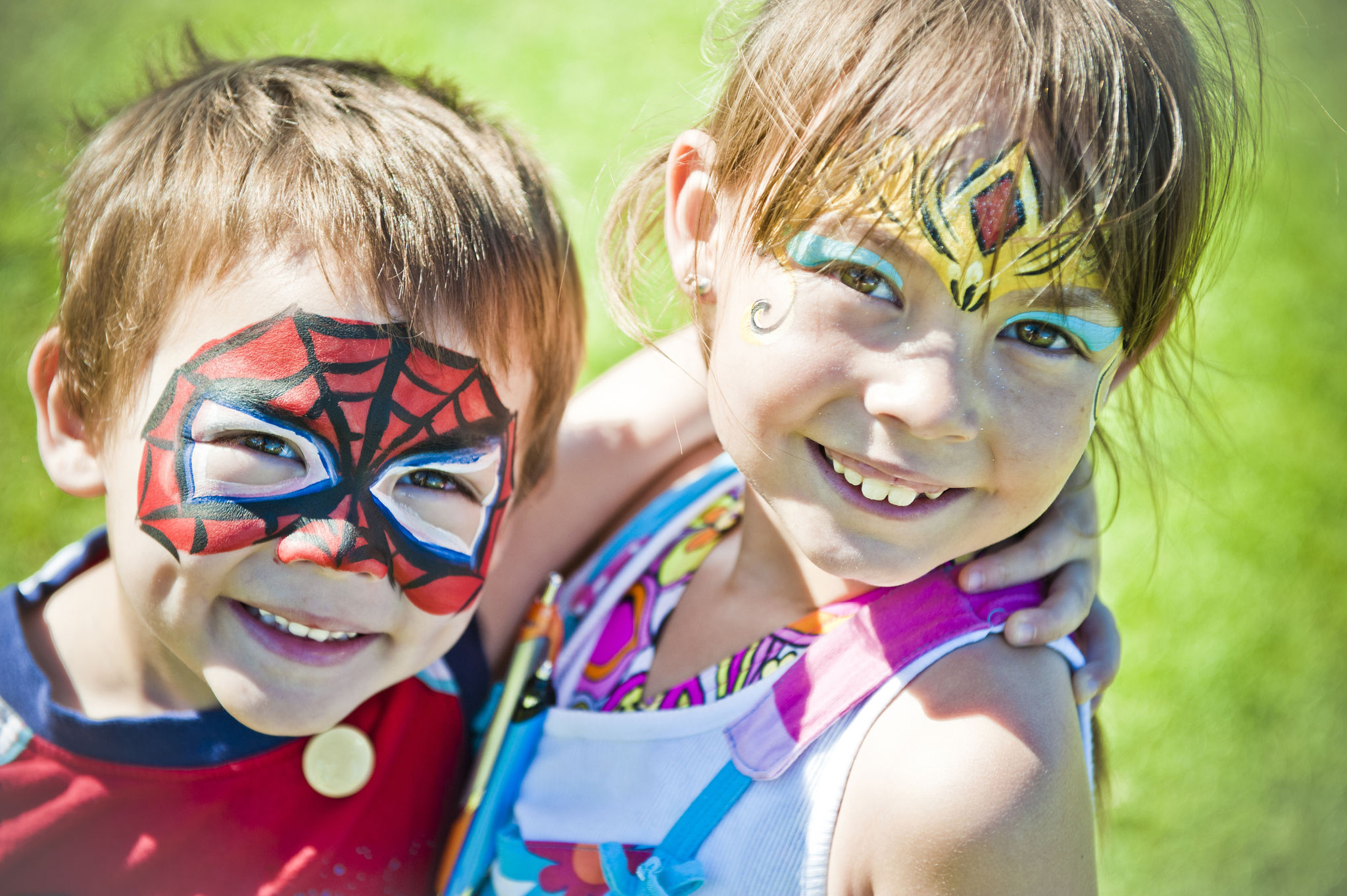DIY Face Painting Tips and Tricks for Beginners
Getting Started with Face Painting
Face painting is a fun and creative activity that can add an extra layer of excitement to any event. Whether you're preparing for a party, a festival, or just a playful day with the kids, learning some basic face painting techniques can make a world of difference. As a beginner, it's essential to start with the right tools and a few simple designs.
Before diving into face painting, gather your supplies. You'll need quality face paints, brushes of various sizes, and sponges. Make sure the paints are non-toxic and suitable for skin application to avoid any allergic reactions. It's also a good idea to have a cup of water and some paper towels handy for cleaning brushes and correcting mistakes.

Basic Techniques and Designs
Once you're equipped with your supplies, it's time to practice some basic techniques. Begin with simple shapes like stars, hearts, or flowers. These designs are not only easy to create but also popular among children and adults alike. Practice making smooth lines and even fills to build your confidence.
To start, dip your brush in water and load it with paint. For lines, use the tip of the brush and apply light pressure. For filling larger areas, use the side of the brush or a sponge for even coverage. Remember, practice makes perfect, so don't be afraid to experiment on paper before applying paint to a face.

Color Combinations and Blending
Color is a crucial element in face painting. Combining colors effectively can create stunning effects. Start with primary colors and learn how to mix them to achieve secondary colors. This skill will expand your palette without needing to purchase additional paints.
Blending is another technique that adds depth and dimension to your designs. Use a damp sponge to softly blend colors where they meet. This technique is particularly useful for creating gradients or adding shadows and highlights.

Safety and Hygiene Tips
Ensuring safety and hygiene is paramount when face painting. Always wash your hands before you begin and clean your brushes regularly throughout the session. Avoid painting on areas with cuts, rashes, or skin conditions to prevent irritation.
If you're painting multiple people, use different sponges or sanitize them between uses to prevent the spread of germs. It's also wise to test paints on a small patch of skin before full application to ensure there's no allergic reaction.
Tips for Working with Children
When painting children's faces, patience is key. Kids can be wiggly, so engage them with conversation or play a game to keep them still. Choosing quick designs can help maintain their interest and ensure they enjoy the process.
Ask the child about their favorite colors or characters to personalize their experience. Listening to their preferences will make the face painting session more enjoyable for both of you.

Practice Makes Perfect
The more you practice face painting, the better you'll get. Consider setting up a face painting station at home where you can experiment with different designs and techniques. Over time, your skills will improve, and you'll be able to tackle more complex designs with ease.
Don't forget to have fun! Face painting is about creativity and enjoyment, so embrace the process and watch your skills flourish.

